CARING WITH FAMILY
|
| A breed's tendency for affection towards family members or familiar individuals can vary widely among dogs. Some breeds do have a predisposition for forming a particularly strong bond with their owner sometimes exclusive which can convey a certain aloofness to others. On the other hand, there are breeds known for their outgoing and sociable nature often exhibiting warm friendly behaviors to virtually everyone they recognize. |
LOVE WITH CHILDREN
Unwise
Good With Children
|
| Each dog breed tends to have general characteristics relating to dog-to-dog friendliness but as with any trait, there will be individual variation within any breed. Socialization, training and individual temperament also play critical roles in how a dog interacts with other canines. |
BEHAVIOR WITH DOGS
Unwise
Good With Other Dogs
|
| Each dog breed tends to have general characteristics relating to dog-to-dog friendliness but as with any trait, there will be individual variation within any breed. Socialization, training and individual temperament also play critical roles in how a dog interacts with other canines. |
SHEDDING LEVELS & MANAGEMENT
No Shedding
Hair Everywhere
|
| Anticipate the amount of fur a breed is known to shed when considering your pet options. High-shedding breeds demand more grooming attention could aggravate allergies for some people, and often necessitate a rigorous cleaning routine including frequent vacuuming and the use of lint rollers. |
COAT GROOMING STANDARDS
|
| When you're considering the grooming needs of different breeds, it's important to think about how often they'll need a bath a good brush-out a trim or any other sort of fur care. Take a moment to reflect on the amount of time the level of patience, and the financial resources you're willing to dedicate to maintaining your pet's coat. Remember regardless of the breed keeping their nails trimmed is a consistent part of pet care that shouldn't be overlooked. |
DROOLING INTENSITY
Less Likely to Drool
Always Have a Towel
|
| Consider how much a breed is inclined to drool. If you prefer things spick-and-span dogs known for their slobbery kisses that can drape your arm in saliva or leave large damp patches on your attire might not mesh well with your lifestyle. |
COAT STYLES GUIDE |
| Smooth |
| COAT SPECTRUM |
| Short |
FRIENDLINESS
Reserved
Everyone Is My Best Friend
|
| Think about how open a breed generally is to unfamiliar faces. Certain dogs may exhibit a cautious or reserved demeanor around strangers, no matter the setting, whereas other breeds relish the opportunity to greet a new person whenever they have the chance. |
LIVELINESS
Only When You Want To Play
Non-Stop
|
| Consider a breed's zest for playfulness which can often persist beyond their puppy years. There are breeds that maintain a keen interest in lively games like tug-of-war or fetch well into adulthood while others tend to prefer lounging on the couch with you for the majority of the time. |
VIGILANCE INTENSITY
What's Mine Is Yours
Vigilant
|
| Consider a breed's natural inclination to notify you of the presence of strangers. Breeds with a high alertness are prone to respond to any perceived danger from the mailman's daily visit to a squirrel scampering across the windowsill. However, these same vigilant breeds often become more accommodating towards newcomers once they observe these individuals being welcomed by their families. |
ADAPTATION CAPACITY
Lives For Routine
Highly Adaptable
|
| Reflect on how adaptable a breed is when it comes to change. This encompasses how well they cope with shifts in living situations, fluctuations in noise level weather differences, alterations in daily routines and other day-to-day changes they might encounter. |
OBEDIENCE LEVEL
Self-Willed
Eager to Please
|
| Take into account the ease with which you can train your dog and their eagerness to embrace new knowledge. Certain breeds are eager to please and delight in learning as a way to make their owners proud. On the other hand, some breeds March to the beat of their own drum showing a preference for doing things their own way, on their own schedule, and as they please. |
STAMINA LEVEL
|
| The level of physical activity and mental engagement a breed requires. High-energy breeds are brimming with vitality and are always on the lookout for their next escapade happily spending their days frolicking, bounding and playing. Meanwhile, low-energy breeds are akin to couch potatoes, content to spend their time lounging and napping in tranquility. |
VOCALIZATION
|
| Infrequent |
LEARNING CURIOSITY LEVEL
Happy to Lounge
Needs a Job or Activity
|
| Think about the level of mental engagement a breed requires to maintain their well-being and happiness. Dogs bred for specific tasks may need to apply themselves to activities that demand strategic thinking problem-solving, and focus. Without adequate opportunities to exercise their minds, they're apt to invent tasks of their own to stay mentally occupied and these self-assigned tasks might not exactly align with what you'd have in mind. |
| COLORS |
|
Description
|
Registration Code
|
|
Black
|
007
|
|
Blue
|
037
|
|
Blue Brindle
|
056
|
|
Blue Fawn
|
036
|
|
Fawn
|
082
|
|
Fawn Brindle
|
088
|
|
Red
|
140
|
|
White
|
199
|
|
White & Fawn
|
207
|
|
White & Red
|
214
|
|
Red Brindle
|
148
|
|
Sable
|
164
|
|
Black Brindle
|
279
|
|
White & Blue Fawn
|
334
|
|
White & Sable
|
215
|
|
White & Black
|
202
|
|
White & Blue
|
288
|
|
Cream
|
076
|
|
White & Blue Brindle
|
333
|
|
White & Red Brindle
|
336
|
|
White & Fawn Brindle
|
536
|
|
Seal
|
261
|
|
| PATTERNS |
|
Description
|
Registration Code
|
|
Black Mask
|
004
|
|
White Markings
|
014
|
|
Blue Mask
|
006
|
|
Water Marked
|
119
|
|
White Markings, Blue Mask
|
113
|
|
White Markings, Black Mask
|
114
|
|
Black Saddle
|
065
|
|



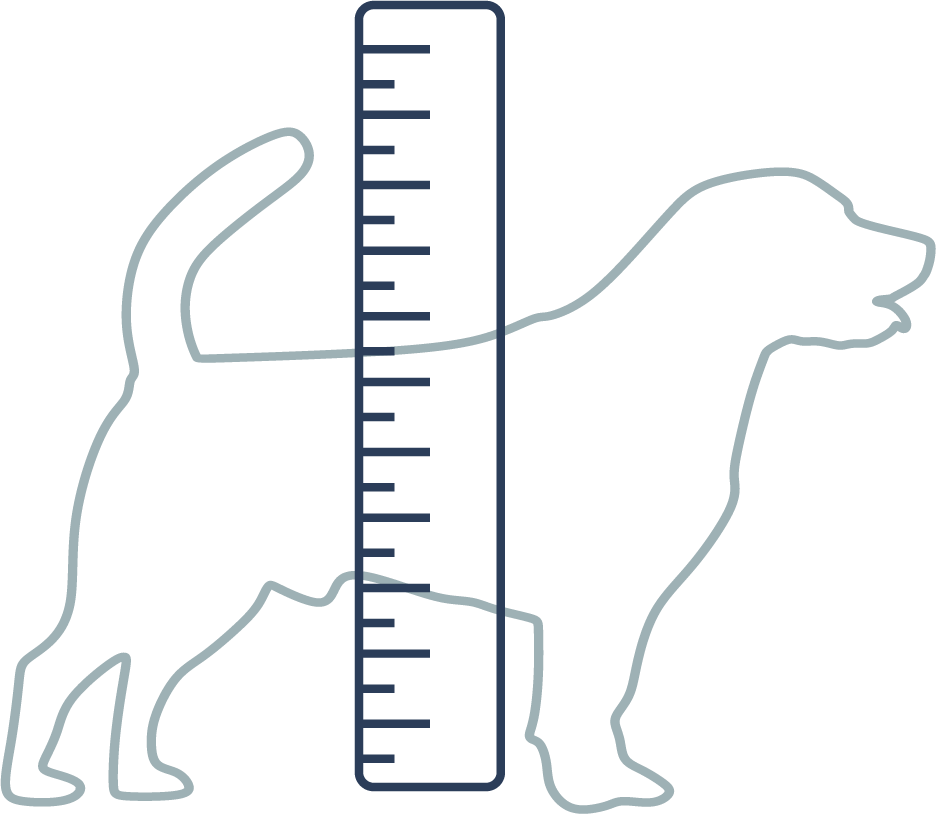
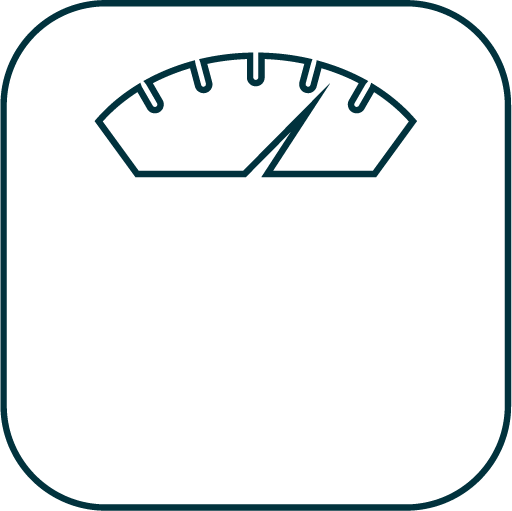

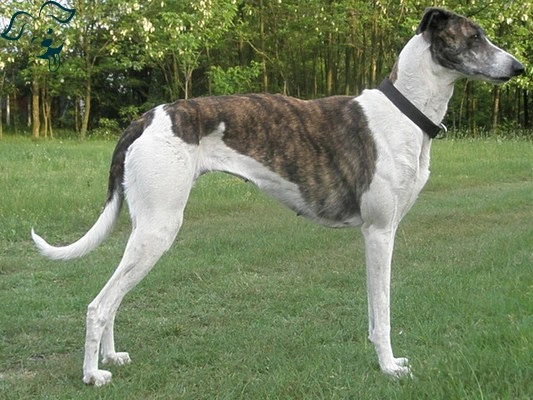
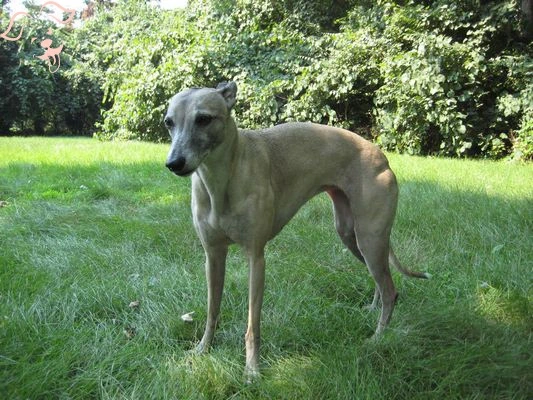
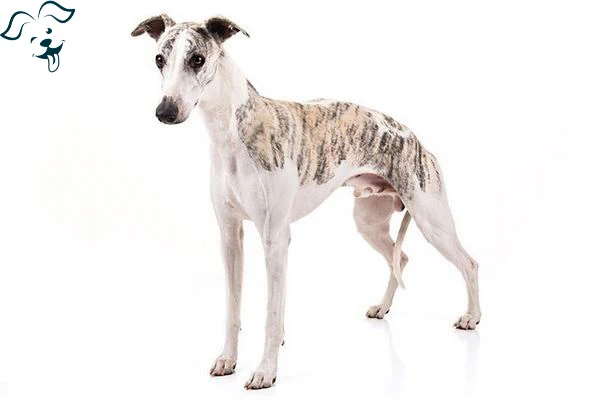
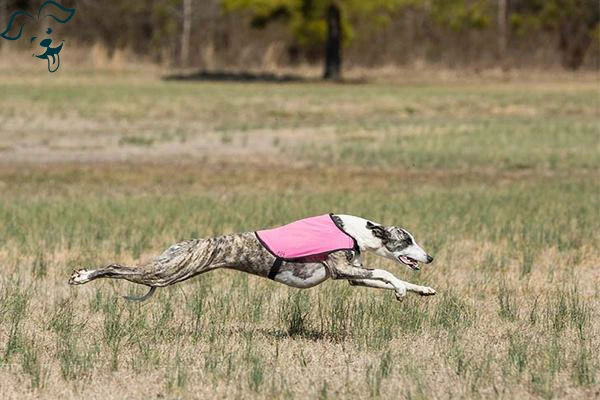




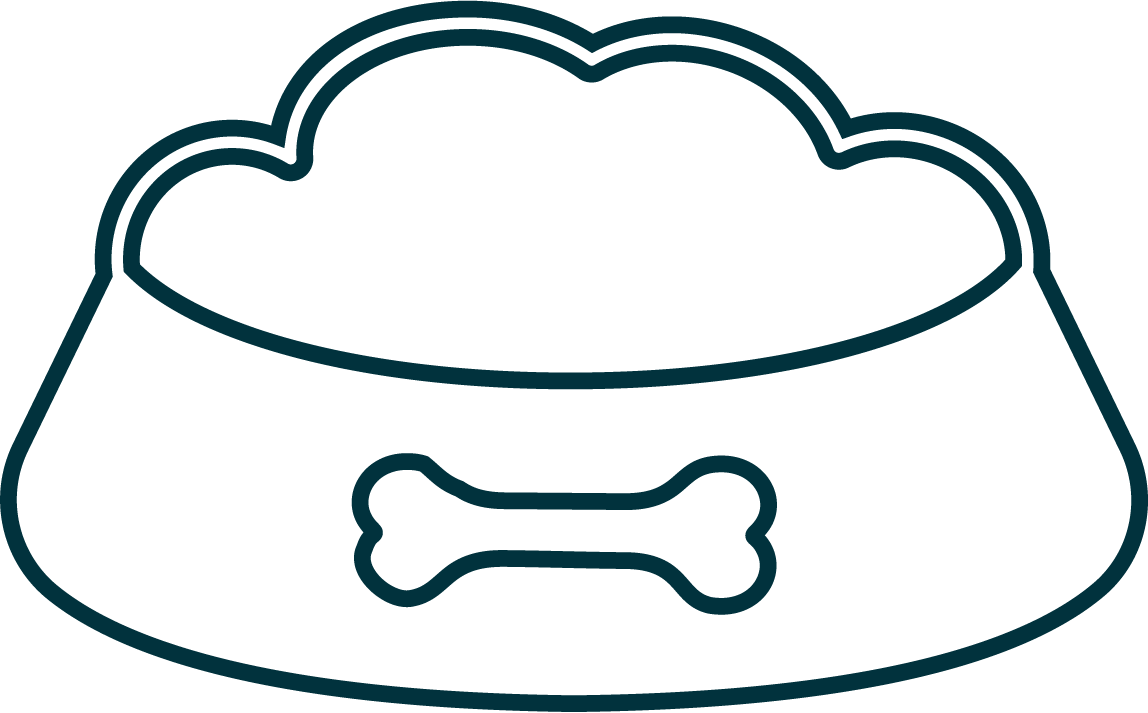
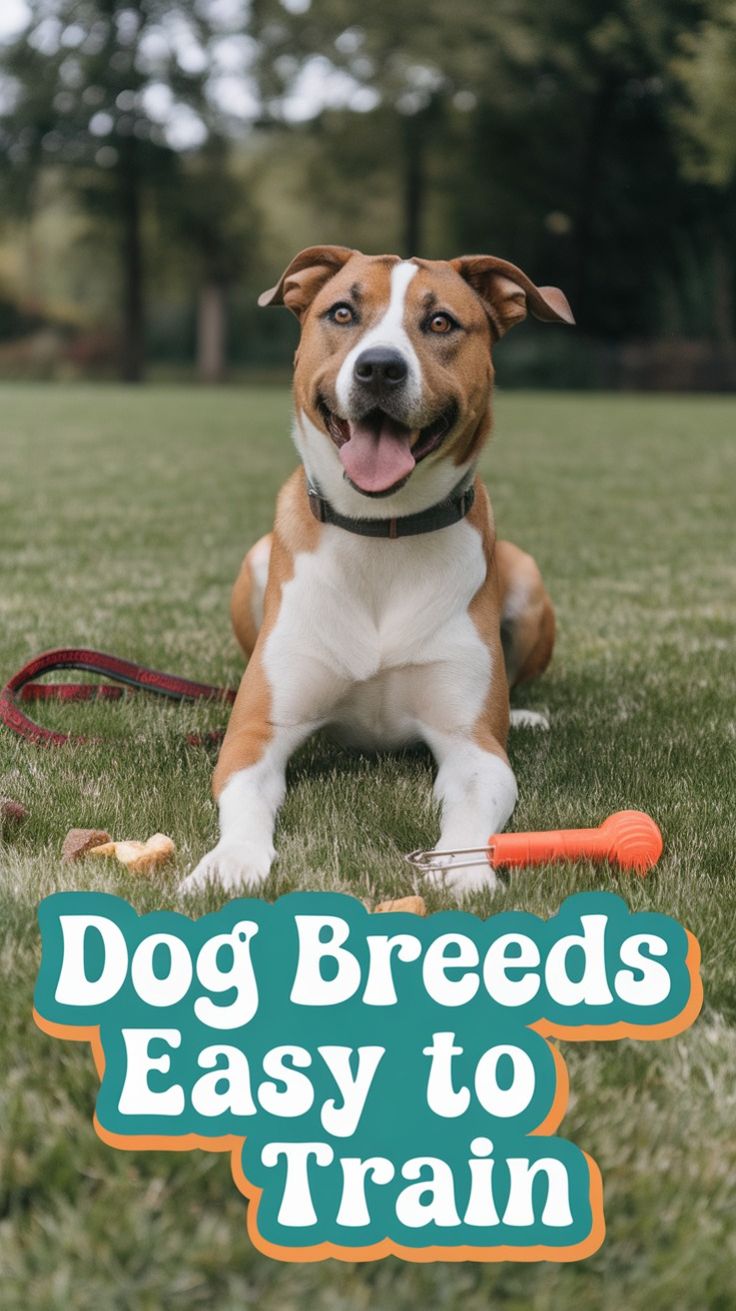
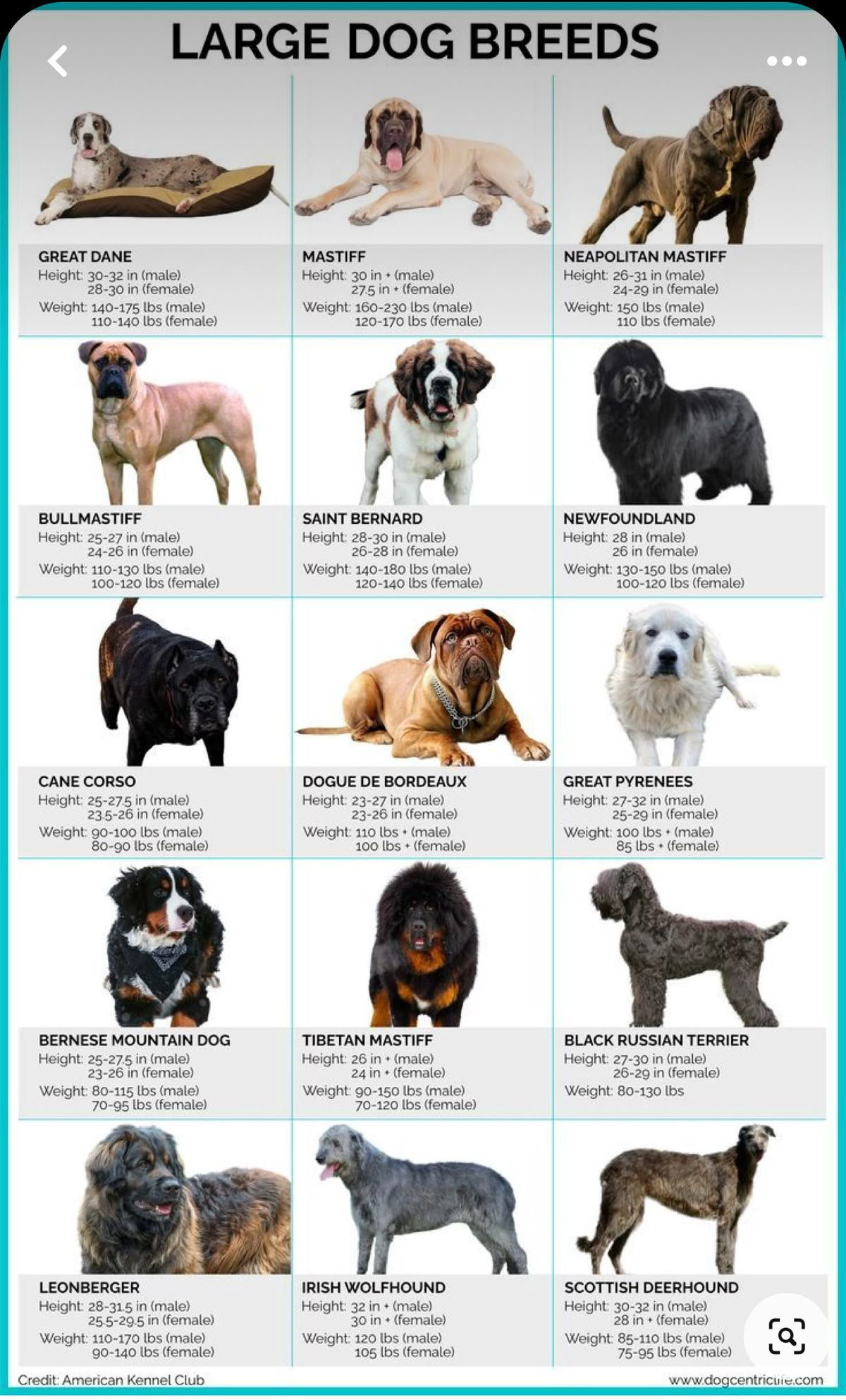

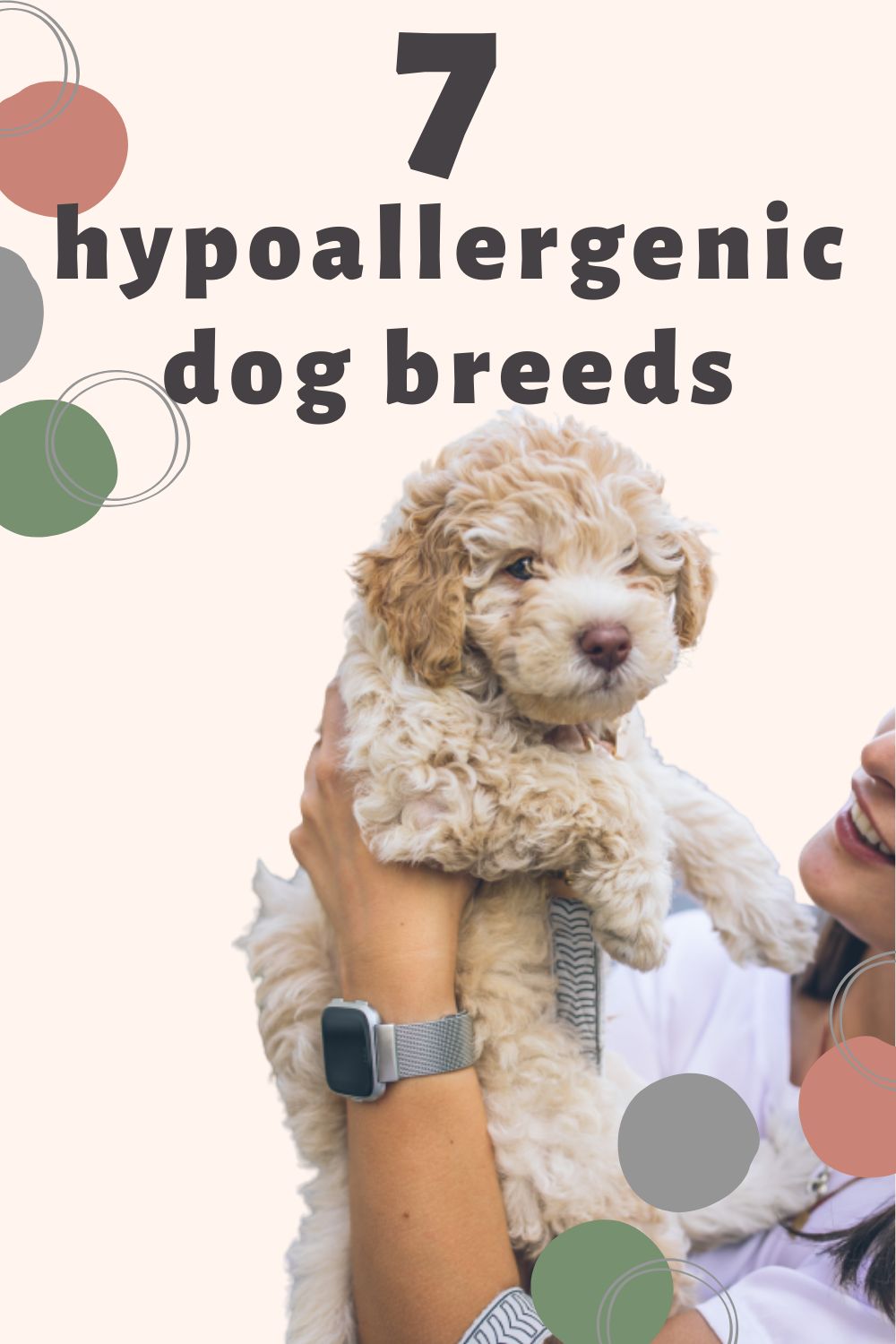
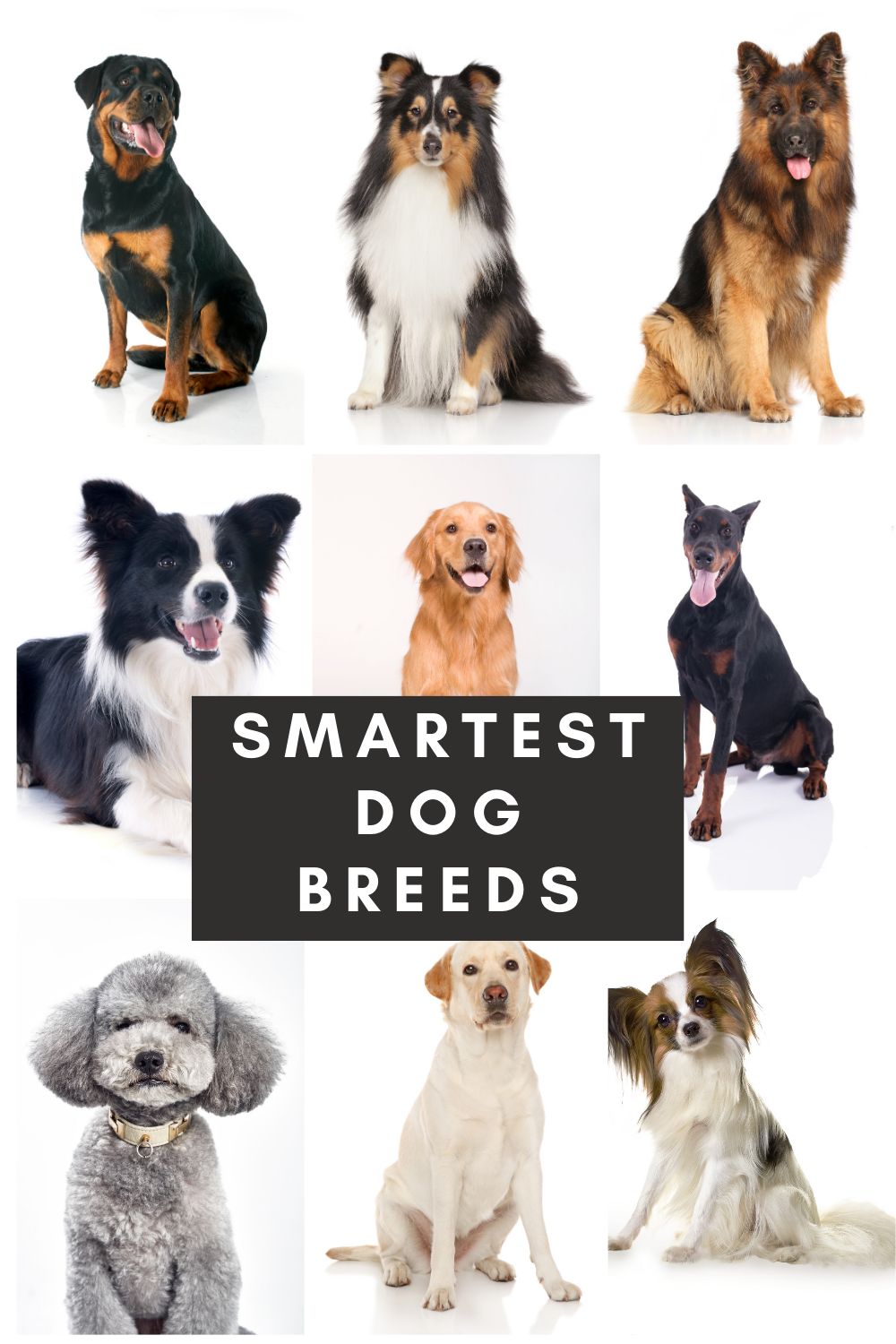
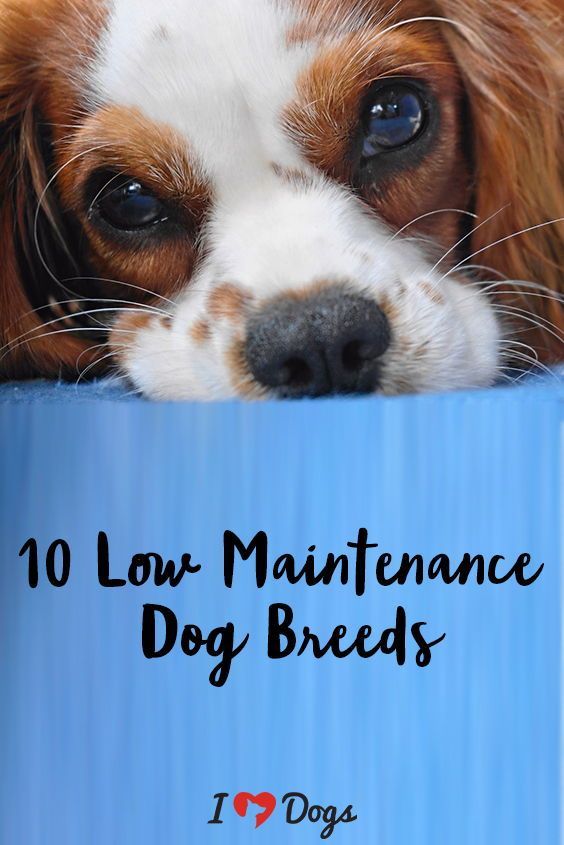


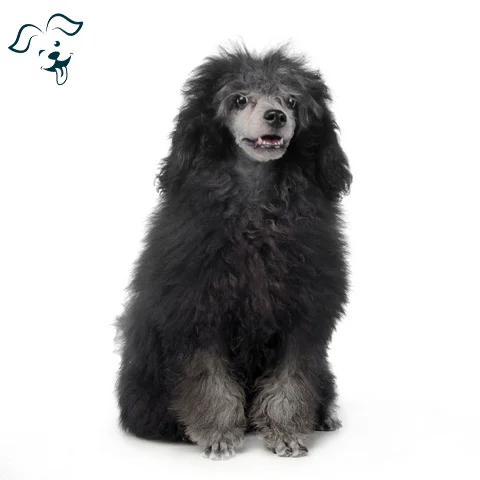
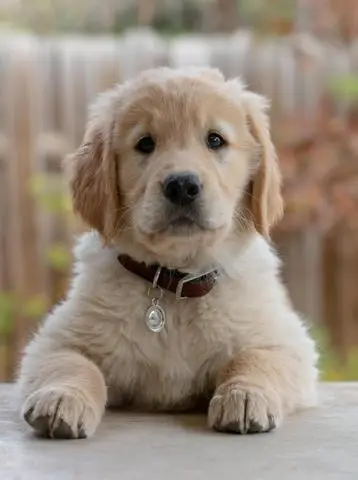
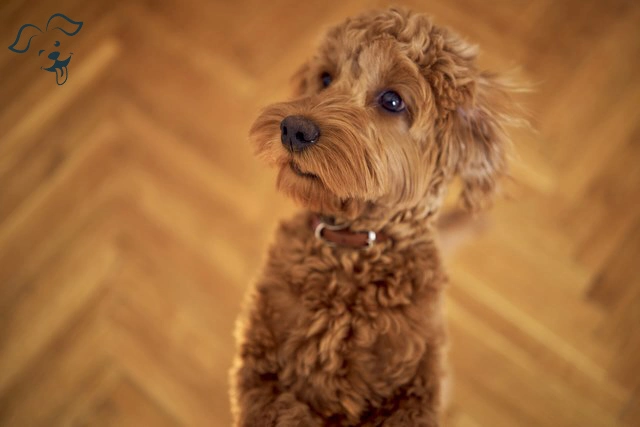
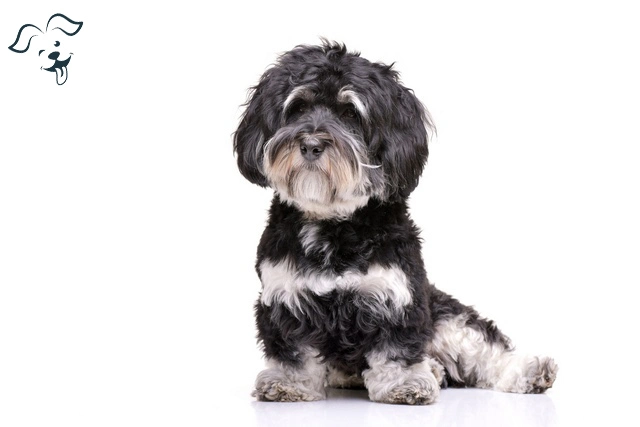
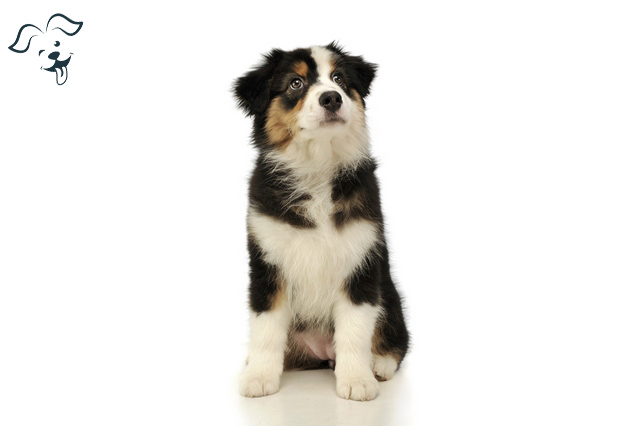
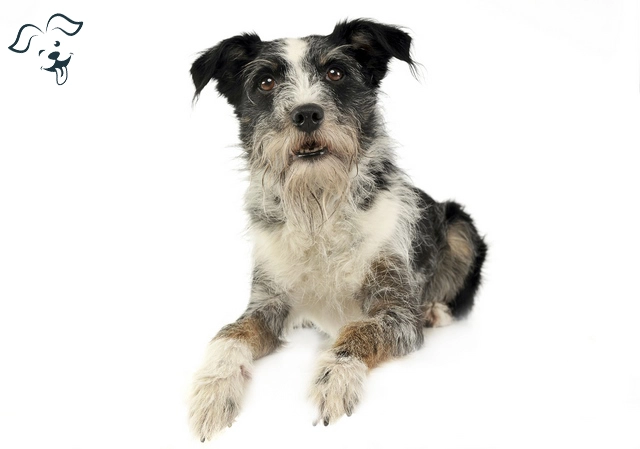
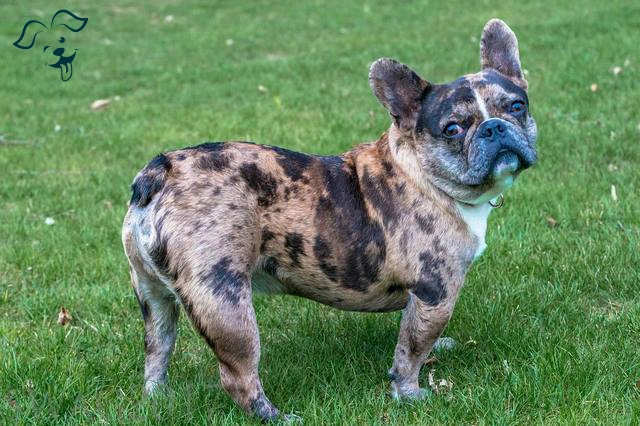
FRIENDLINESS
LIVELINESS
VIGILANCE INTENSITY
ADAPTATION CAPACITY